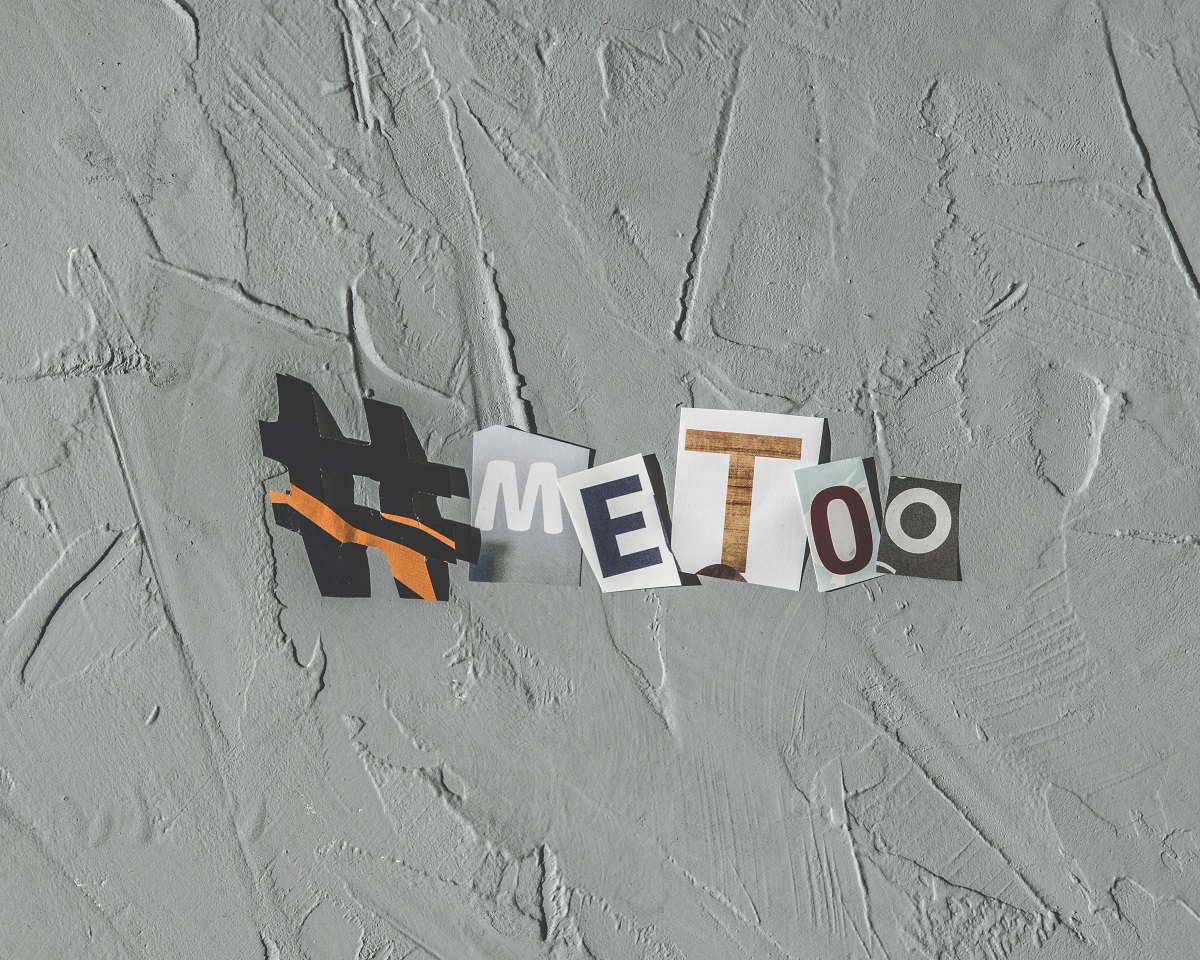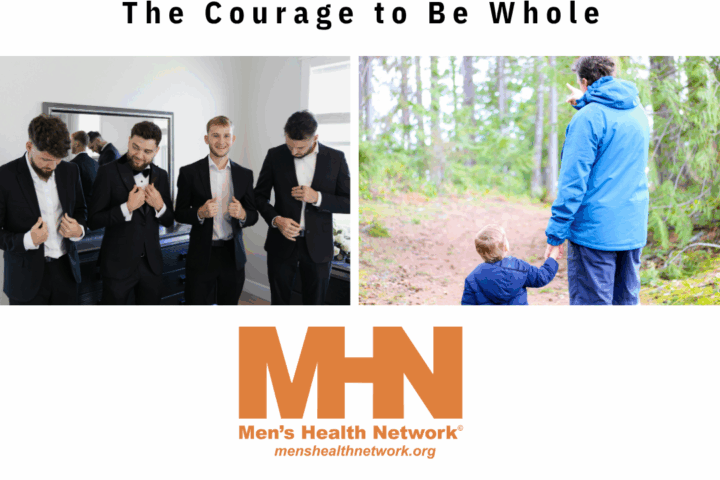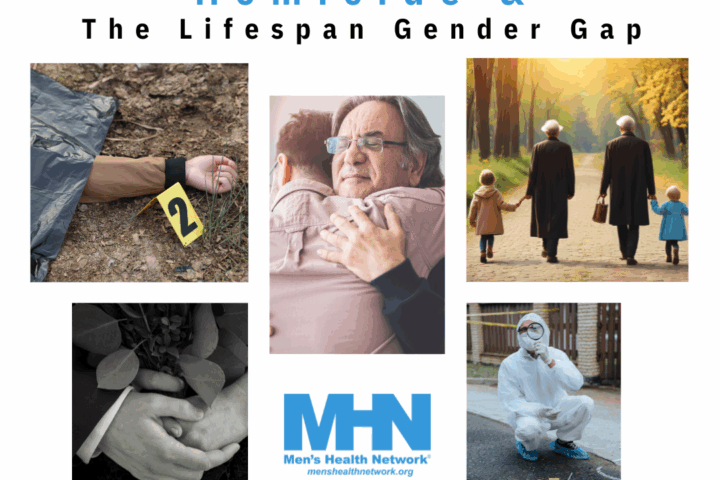Consider this scenario: A couple gets into a fight, the woman hits the man with a frying pan and the man forcefully pushes her away. If the police are called, it is almost always the man [YR1] who is charged and hauled away.
The recent case of actress Asia Argento, who allegedly forced a 17-year-old boy to have sex with her, also suggests that the #MeToo movement should include[YR2] men as victims.
On the surface, this may sound ludicrous, sexist, and tin-eared.
Yes, there is no question that women are much, much more likely than men to be victims of rape, sexual harassment in the workplace and elsewhere, and sexual attacks online. The men who perpetrate such acts are somewhere between pigs and criminals.
However, men as well as women are also victims of intimate partner violence (IPV) —a subject that few women or men want to talk about.
One in four women are victims of “severe” intimate partner violence in their lifetime, and one in seven men are also IPV victims, according to the Centers for Disease Control and Prevention (CDC). A men’s group, 1in6, puts the percentage higher, as their name suggests. Severe is defined as hitting, kicking, or using other physical force. Another CDC survey found that 5.3 percent of men had experienced sexual violence during the preceding 12 months, compared to the not-much-higher figure of 5.6 percent of women. Although some of those who attack men or boys are other men—think former Penn State football coach Jerry Sandusky or all too many Catholic priests—the Justice Department reports that 1 in 6 boys under age 18 are sexually abused, with 40 percent of the abuse being committed by women.
One more caveat: Assault, rape, and murder of a spouse or partner are overwhelmingly committed by men. Nearly 19 out of 20 victims of rape and murder-suicides are women. And, as the #MeToo movement has rightly spotlighted, men are much more likely to grope, leer at, and make sexually suggestive (and offensive) comments to women than women do to men.
Nonetheless, if anywhere from about 35 to 45 percent of IPV victims are men, why don’t we hear more about it?
There are several reasons: 1) Men commit the most heinous acts. 2) Most advocates against domestic violence and those in the #MeToo movement—on top of centuries of story-telling (from Othello to Hannibal Lecter)—have made it the conventional wisdom that men are the attackers and women are the victims. 3) This is the assumption made by law enforcement. 4) Many a man feels like a “sissy” to report that the bruise on his face came from a punch by his wife or girlfriend.
We need to tell a broader story. Men and women both suffer from intimate partner violence. And none of it is acceptable.
Although police officers are correct to think that a man in a domestic-violence incident is more likely to pull a gun, and judges generally go with the man-as-perp story line, there needs to be greater sensitivity in law enforcement circles to the reality that men too can be victims.
Finally, men need to toss out the John Wayne or James Bond version of masculinity. Telling oneself that a man must be tough and that it’s unmanly to talk about being hurt by women hitting or throwing blunt objects at them doesn’t do men or women any good.
Life and domestic violence are more complicated than man = victimizer, woman = victim. Shakespeare had it more or less right: Just as Othello murdered his wife, goaded on by Iago, it is Lady Macbeth—not her husband—who is King Duncan’s true murderer.
So, if we want to reduce intimate partner violence as well as gender stereotyping and divisions, let’s move forward from the current #MeToo to a more inclusive, accurate, and gender-neutral # MeToo [YR3] that includes men.
Photo by Lum3n.com from Pexels
[YR1]Could be phrased better—something along the lines of ‘in popular conceptions/discourse it is almost always the man who is violent, vile, and at fault, and who is then charged and hauled away’?
[YR2]I think I have seen a (very small) number of men post the “me too” line (though it may be disproportionately gay or trans men… I’m not sure)
[YR3]I would not phrase it as “WeToo”—but phrasing it as a broadening of MeToo or an effort to make MeToo more truly representative and inclusive would be good




